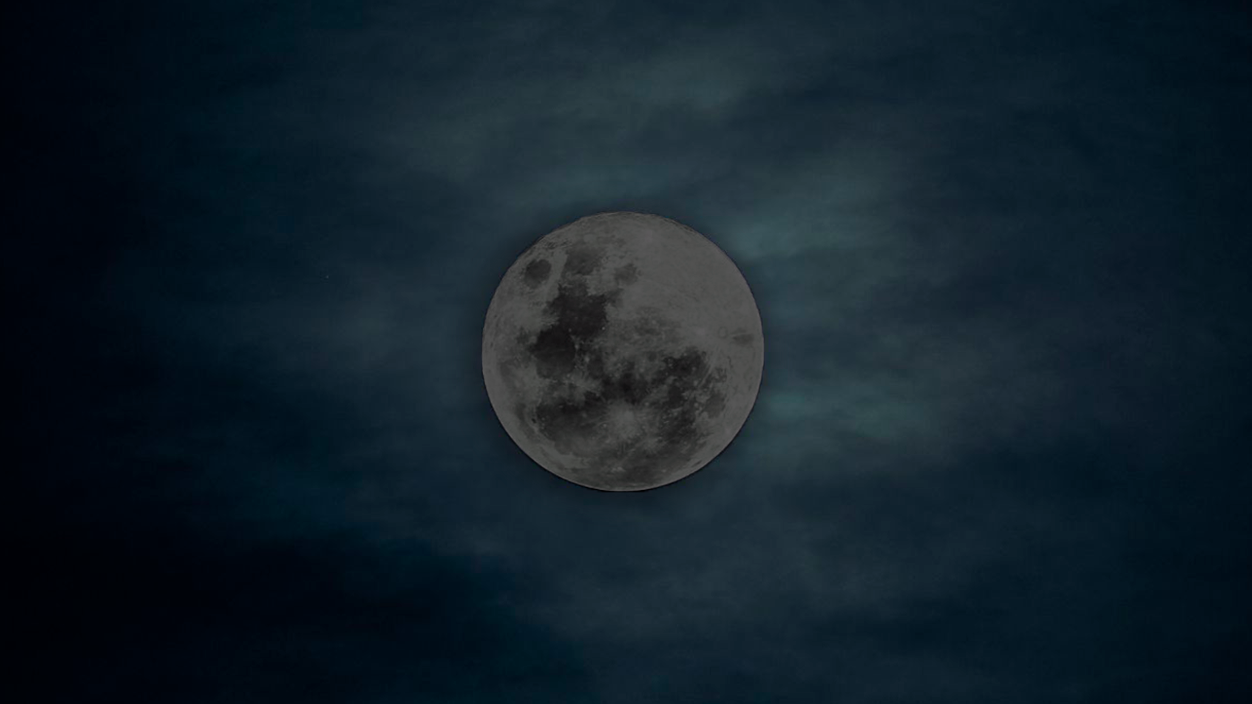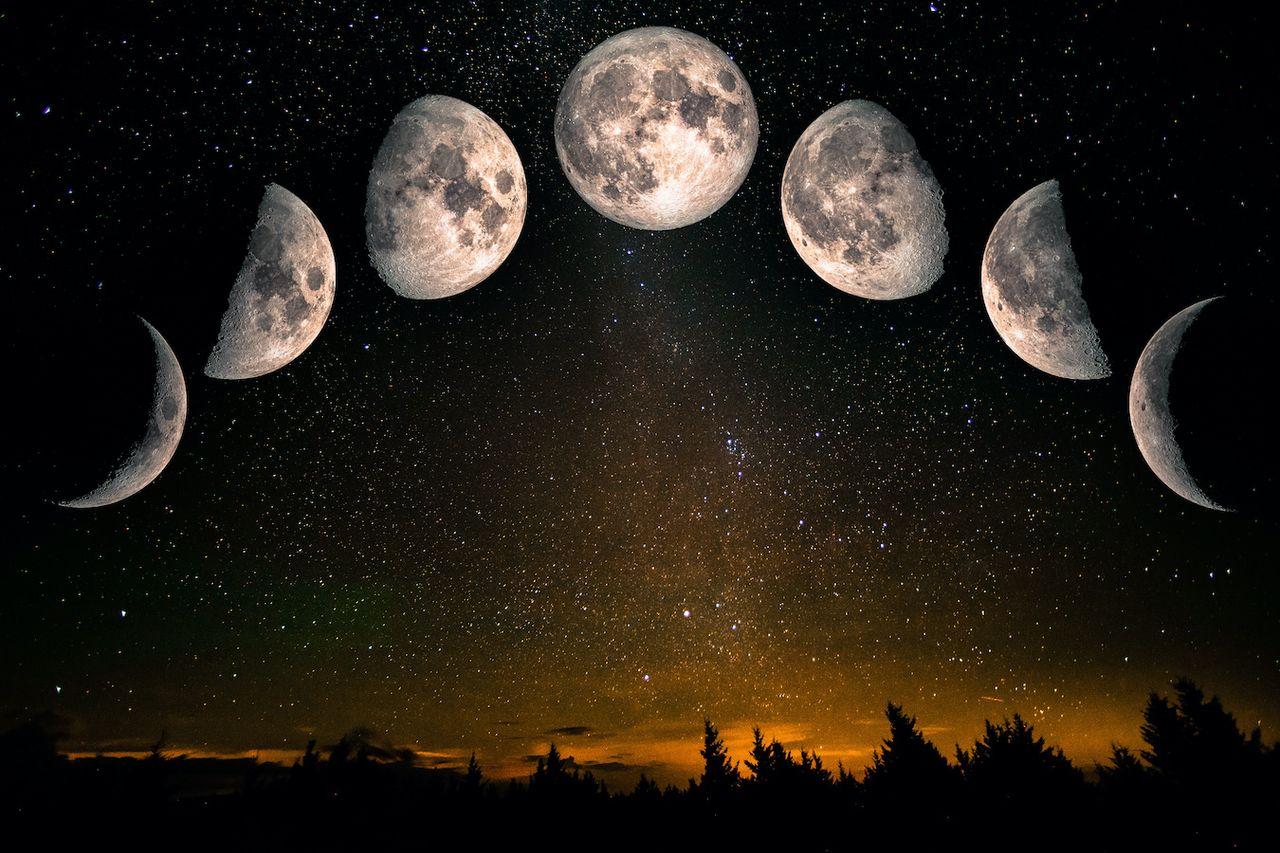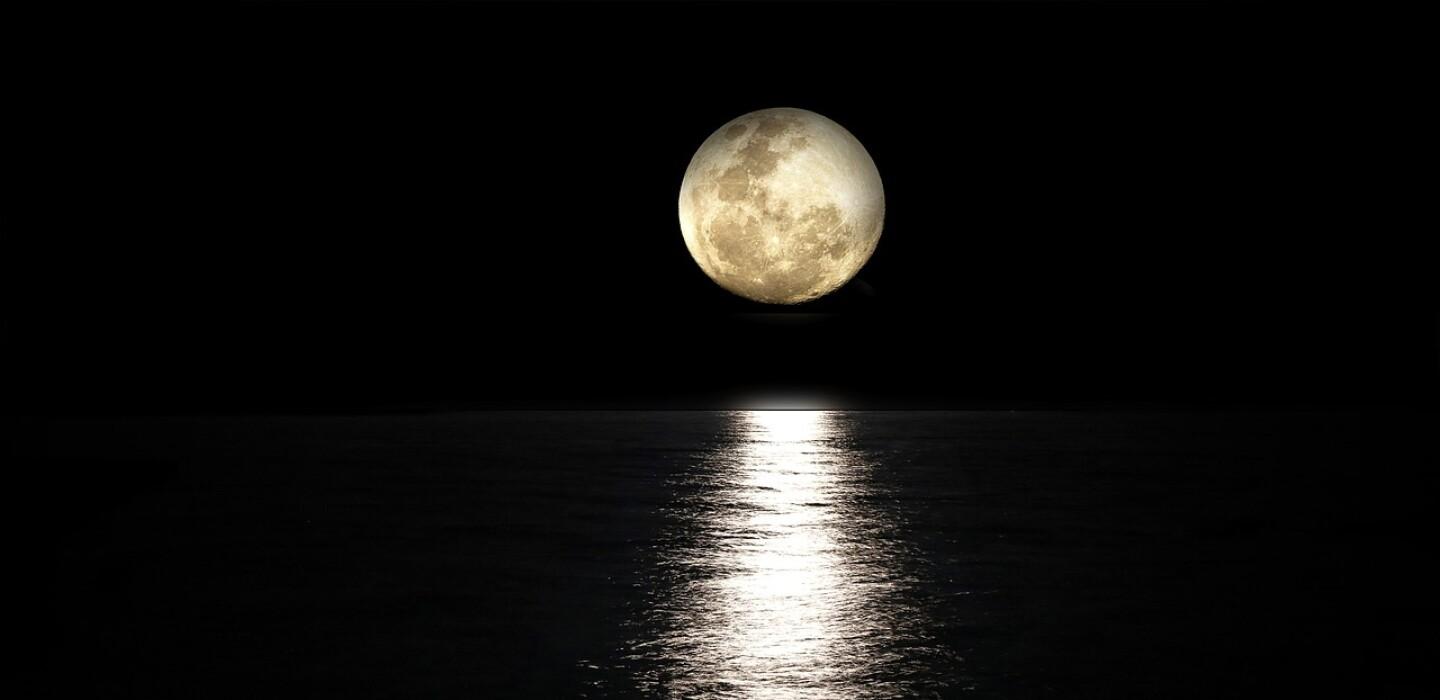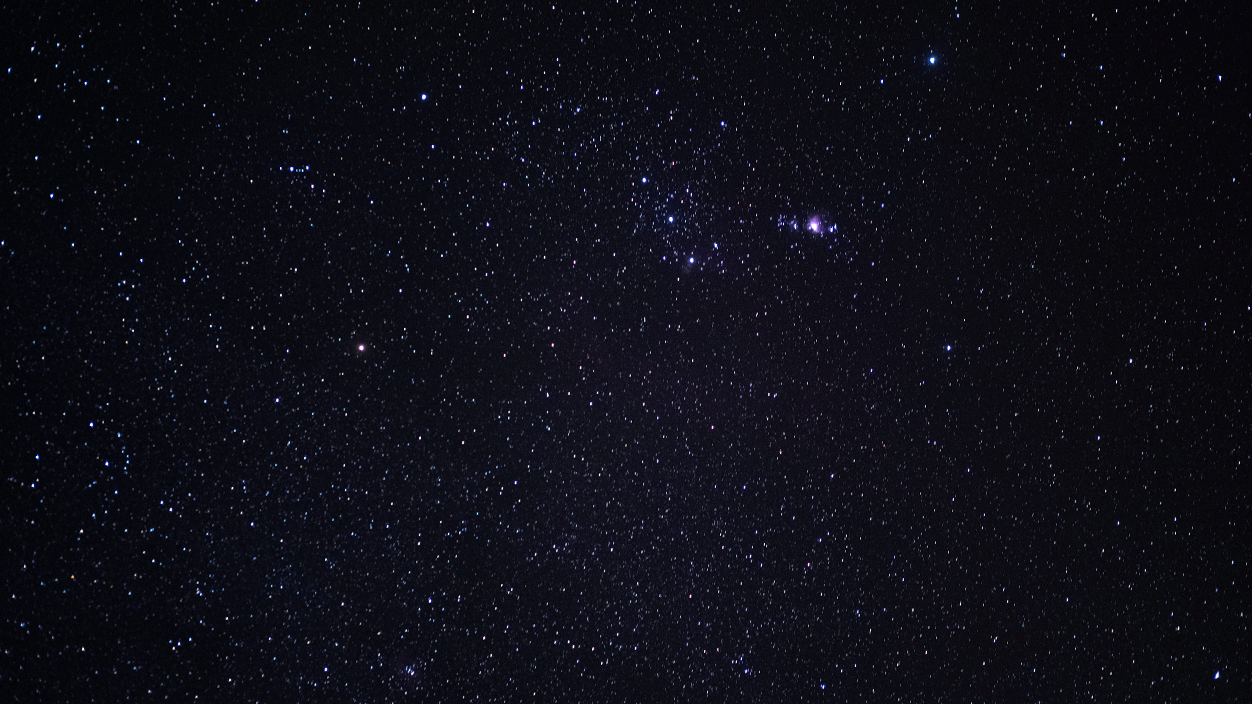- The Black Moon will occur on August 23 and is an astronomical rarity.
- This phenomenon coincides with the peak of the Perseids and offers ideal skies for observation.
- The August Black Moon is seasonal, meaning it is the third New Moon in a single season.
- It is not visible, but it allows for a better view of other celestial objects and phenomena.

During the month of August, those who observe the sky have marked on their calendar a rare phenomenon: the Black MoonAlthough this term has not been formally adopted by the astronomical community, it is Very popular in general culture and among astronomy enthusiastsIn this article we detail What is the Black Moon of August?, how to distinguish it from other astronomical events, and why this year is especially interesting for those seeking dark, clear skies.
The Black Moon will occur this month on August 23rd, specifically as a seasonal phenomenon. This means that, instead of being the second New Moon within the same month (what is known as a monthly Black Moon), will be the third New Moon to occur in a single astronomical seasonThis situation is much less common and occurs approximately every 33 months, when the lunar cycle and the seasonal calendar coincide in a very particular way.
What exactly is the Black Moon?

The expression Black Moon refers to a time when the lunar cycle presents a peculiarity: two types can occur, monthly and seasonal. In the case of the Seasonal Black Moon, as will happen in August, the phenomenon occurs when there are four new moons in a single season and the third of them is named after this. Normally each season has only three new moons., which is why the event is considered an astronomical rarity.
During the Black Moon, The natural satellite is aligned between the Sun and the Earth, and its illuminated face is not visible from our planet.. Therefore, although it has a striking and almost mysterious name, there is no visible manifestation in the sky: The moon is simply not visible during that nightHowever, this makes the sky especially dark, making it an ideal time to observe other celestial bodies such as clusters, nebulae, and galaxies, as well as enhancing the observation of meteor showers.
Anniversaries and astronomical phenomena in August

The lunar calendar of August This year is especially packed with striking phenomena. The most important days for those who follow the lunar phases and astronomical events are:
- August 1: First Quarter Moon
- August 9: Full Sturgeon Moon
- August 16: Last Quarter
- August 23: New Moon (Black Moon)
- August 31: First Quarter Moon
La August full moon, known as «Sturgeon's Moon", owes its name to the traditions of the native peoples of North America, who They associated this phase with the optimal season for fishing this fish in the Great Lakes. In addition, throughout the month we will be able to see several events such as planetary conjunctions —Venus and Jupiter will have a spectacular close encounter on the 12th— and the maximum of the well-known Perseid meteor shower, which will reach its peak in the early hours of August 11-13.
When coinciding the Black Moon with the end of the Perseids, Observers will have a sky less illuminated by the Moon, ideal for detecting the brightest meteors. It should be noted that this year, Moonlight will be present at the beginning of the peak of the shower, but will reduce its intensity around the 23rd., a perfect date for night-watching enthusiasts.
Why is the Black Moon interesting?

The night of Black Moon It is an opportune time for those who want to explore the deep sky. complete absence of moonlight It favors the observation of faint objects such as open clusters, distant galaxies or nebulae, especially if you have a telescope or binoculars and look for a place away from light pollution.
In addition, the New Moon situation provides exceptional conditions to enjoy the Perseid meteor shower in its final stretch, when the Moon will not interfere with the detection of the faintest meteors. It's recommended to look for dark areas, look northeast, and be patient in the hours after midnight, when the chances of seeing bright streaks in the sky are highest.
La Black Moon is also mentioned in esoteric and cultural contexts, associated with renewal and new beginnings. Although from a scientific point of view it has no notable effects on daily life, it does It is a special date for many people who follow the lunar calendar in their routines, activities or rituals..
All in all, the Black Moon of August represents a Opportunity to enjoy the sky in ideal conditions and appreciate astronomical phenomena which, although invisible to the naked eye, enrich the experience of night observation.
I am a technology enthusiast who has turned his "geek" interests into a profession. I have spent more than 10 years of my life using cutting-edge technology and tinkering with all kinds of programs out of pure curiosity. Now I have specialized in computer technology and video games. This is because for more than 5 years I have been writing for various websites on technology and video games, creating articles that seek to give you the information you need in a language that is understandable to everyone.
If you have any questions, my knowledge ranges from everything related to the Windows operating system as well as Android for mobile phones. And my commitment is to you, I am always willing to spend a few minutes and help you resolve any questions you may have in this internet world.